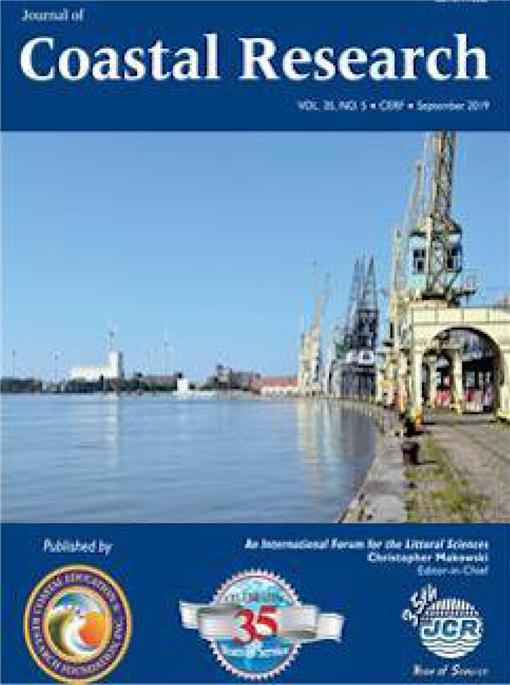Pham, D.H.B.; Hoang, T.T.; Bui, Q.-T.; Tran, N.A., and Nguyen, T.G., 2019. Application of machine learning methods for the prediction of river mouth morphological variation: A comparative analysis of the Da Dien Estuary, Vietnam. Journal of Coastal Research, 35(5), 1024–1035. Coconut Creek (Florida), ISSN 0749-0208.
Prediction of river mouth morphological variation plays a crucial role in the study of unique brackish river ecosystems and is important for economic development. However, it is still a challenge to assess river mouth morphological variation because it is influenced by multiple factors. With the increasing availability of observation data, machine learning techniques have been widely used in the geosciences. This study aims to examine different machine learning techniques (logistic regression, neural network, bootstrap aggregating, AdaBoost, LogitBoost, and random subspace) for the prediction of estuary morphological variation probability. The Da Dien estuary, located in Phu Yen Province, Vietnam, was selected as a case study. To construct the machine learning models, the throat width of the Da Dien estuary (the dependent variable) was determined using Landsat 4, 5, 7, and 8. Six independent variables (wind energy, wind direction, swell energy, swell direction, tidal prism, and river discharge) were obtained from either local hydrological stations or worldwide data portals. Through the examination of several statistical indicators, such as receiver operating characteristic, area under receiving operating characteristic, root-mean-square error, mean absolute error, and kappa, the results indicate that among the examined techniques, the Random Subspace model outperformed all others in almost every indicator, and it provided the most accurate prediction of estuary throat width variation. There are some limitations to this approach, such as the requirement of a large amount of data and difficulties in putting human-induced factors and topographical variables into the model. However, this paper presents a promising approach for providing a rapid assessment and can aid in developing a conceptual model of the system.





